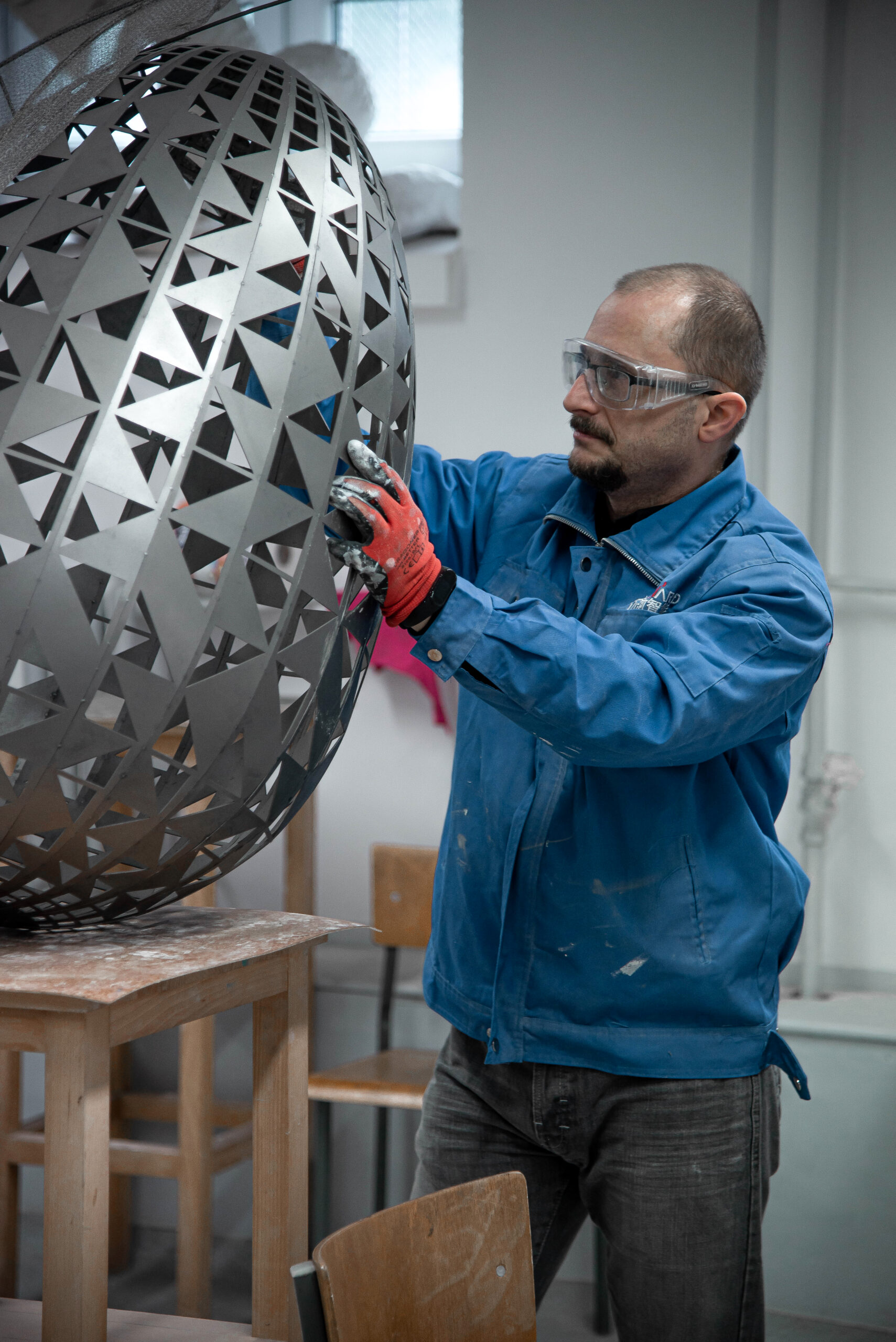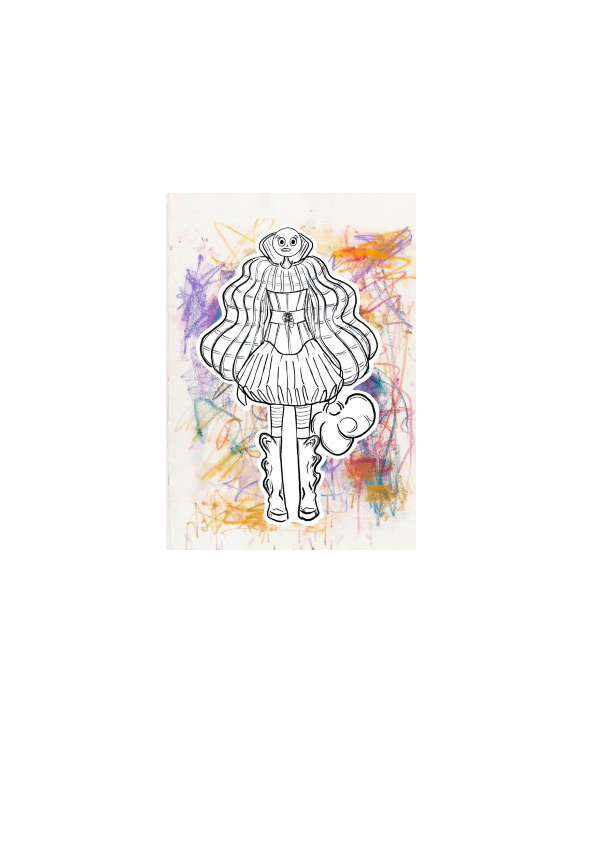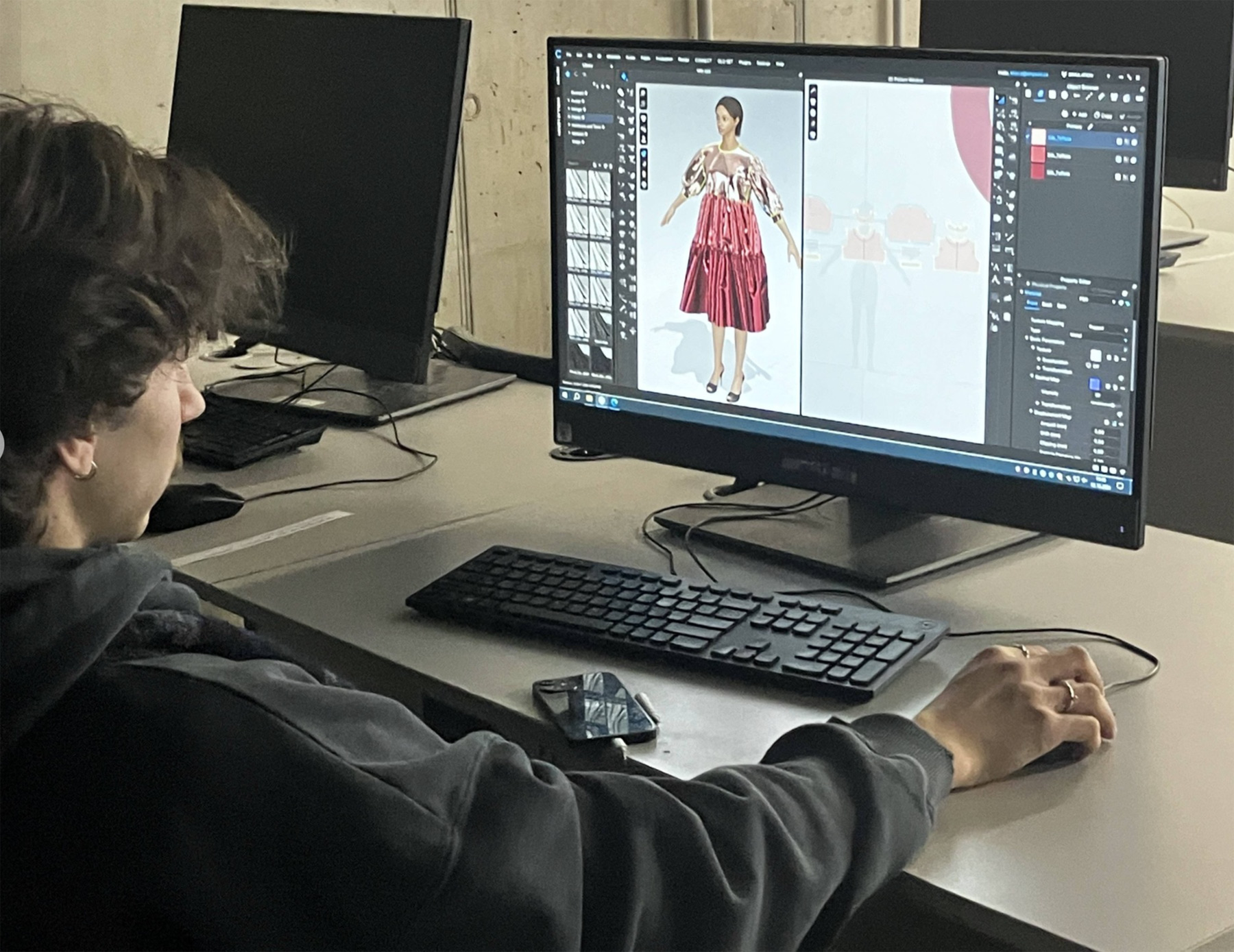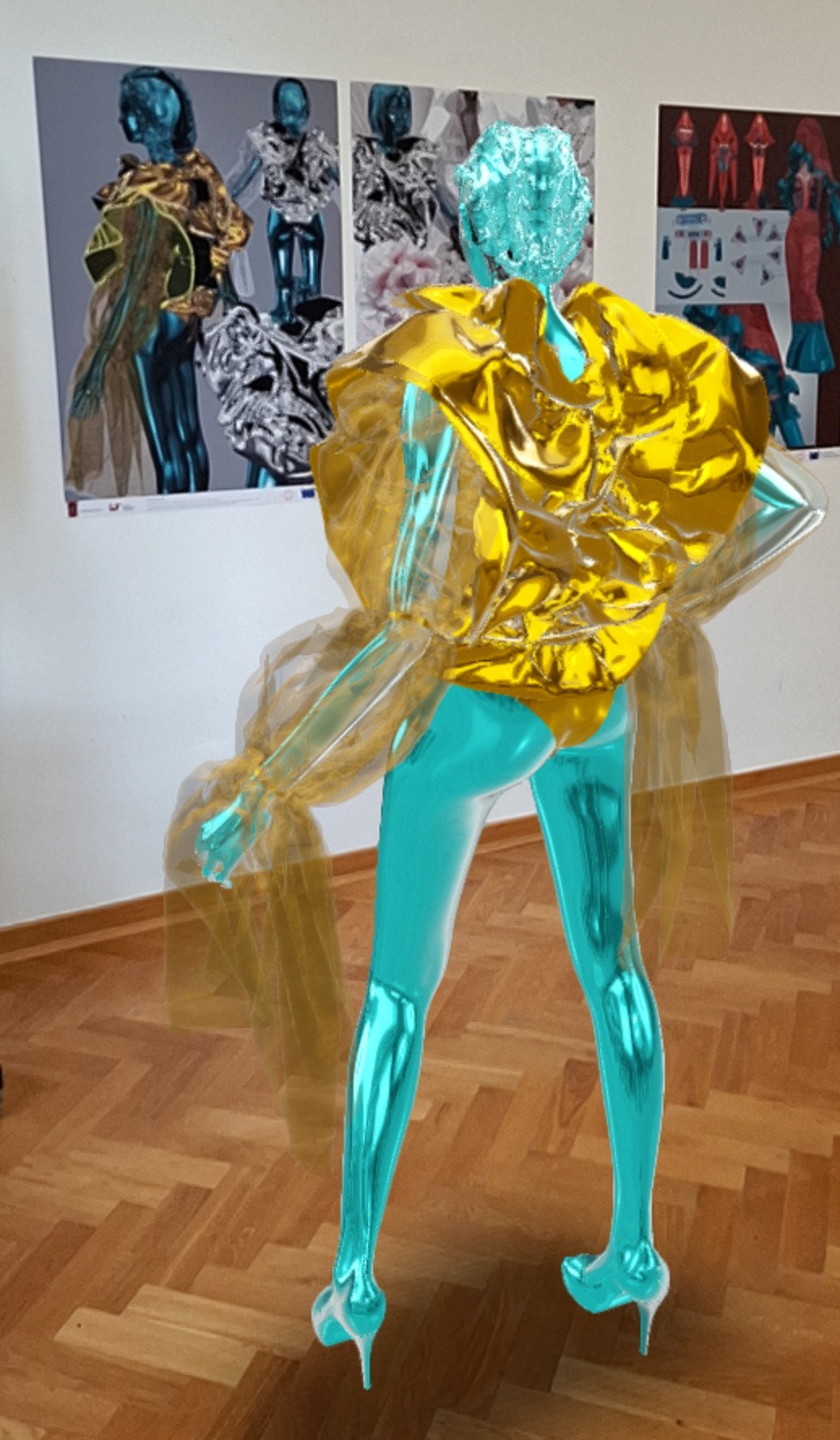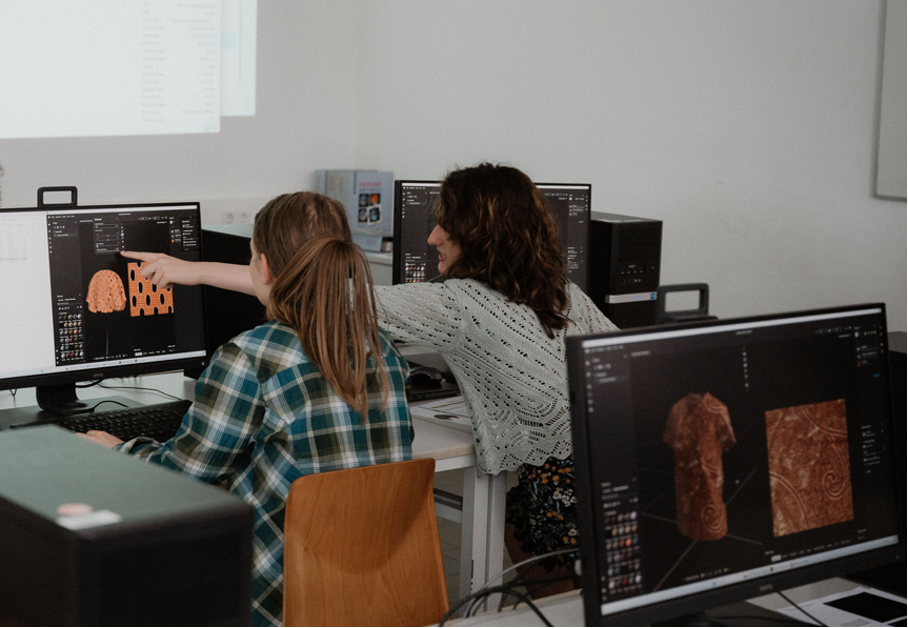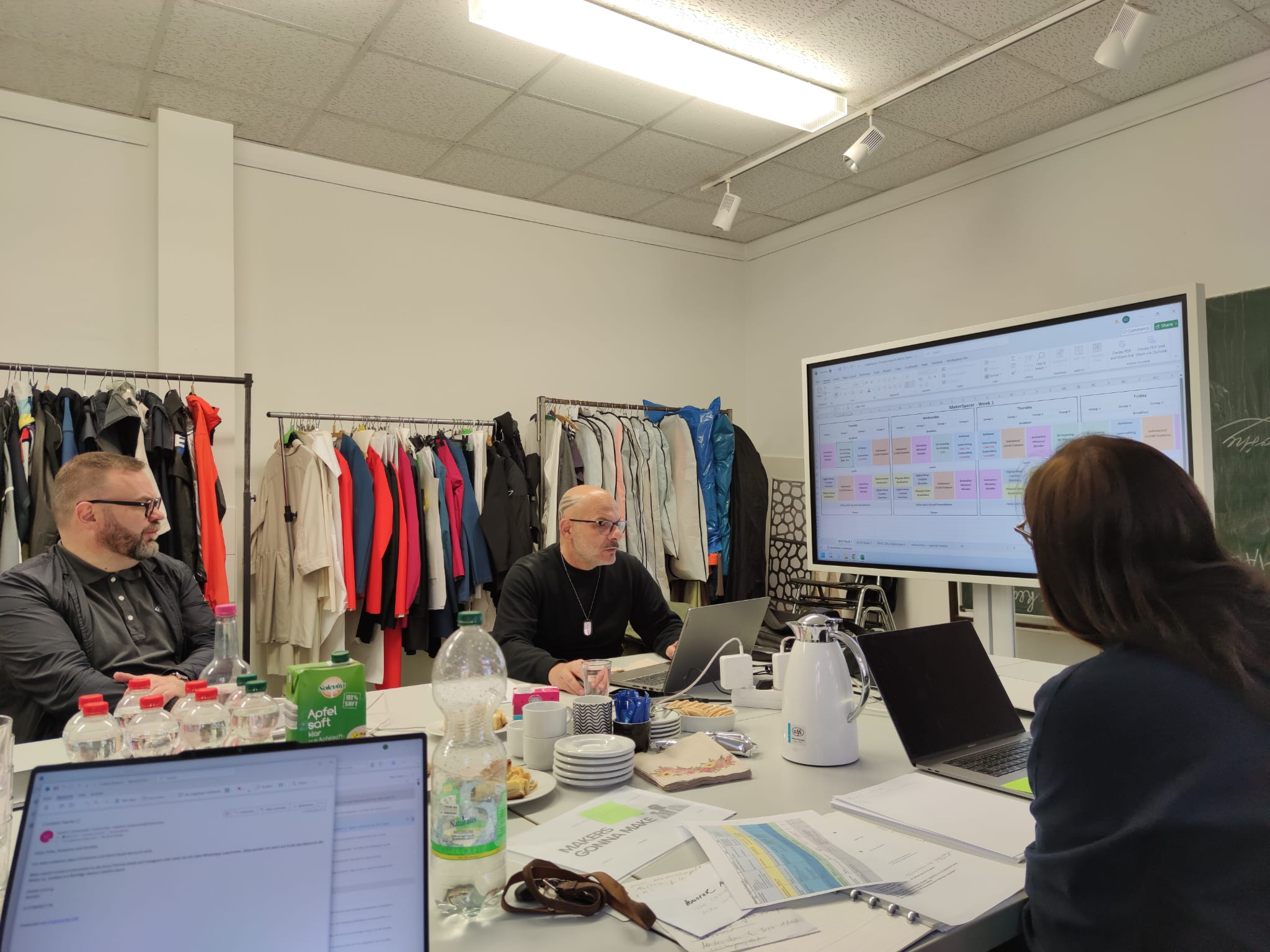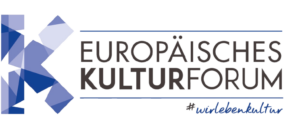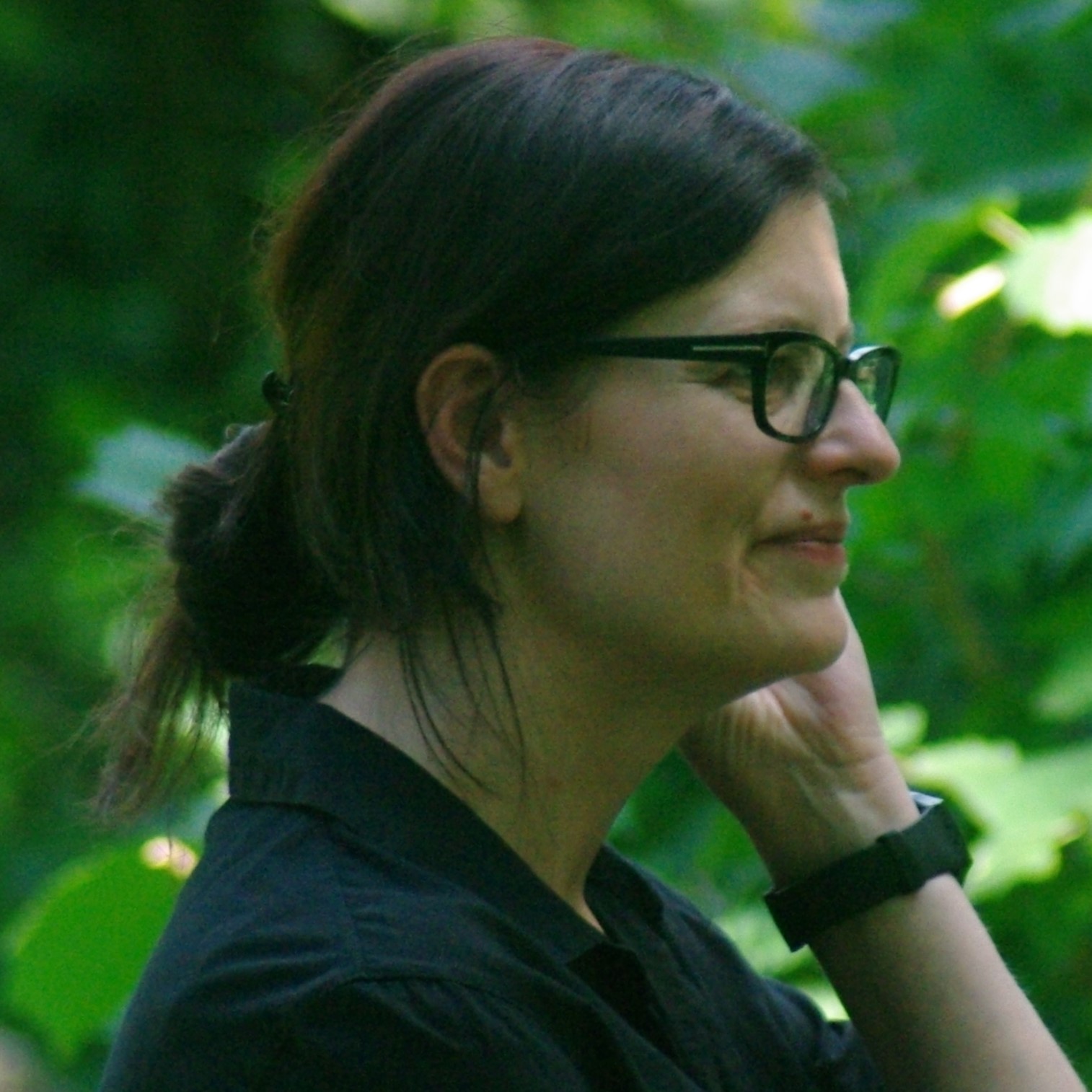
Interview with Dorette Bárdos – Fashion Designer, Professor at the West Saxon University of Applied Sciences of Zwickau
In today’s rapidly evolving fashion landscape, the integration of digital tools with traditional craftsmanship is reshaping how designs come to life. Dorette Bárdos, a fashion designer and professor at the West Saxon University of Applied Sciences of Zwickau (WHZ), stands at the forefront of this transformation. With expertise in both digital and analog design processes, she believes that the future of fashion lies in hybrid approaches that combine creative depth with technological innovation. In this interview, we explore her perspective on how education and industry must evolve to bridge these worlds, and how the fusion of digital tools with artisanal precision can create fashion that is not only relevant but timeless.
Can you tell us a bit about your background and how you came to fashion design?
I hold a diploma in fashion design, but my journey began with an apprenticeship in bespoke tailoring and a degree in clothing technology, which gave me a strong technical foundation. After working in the garment industry, I freelanced for fashion brands, ran my own label, and designed costumes for film and theatre. Since 2010, I’ve been a professor and head of the Fashion Design program at WHZ, where I combine artistic vision with industry practice.
What is your main focus in teaching and research at your university?
My focus lies in design and product development in fashion—both artistic-experimental and industry-oriented. A particular emphasis is on functionwear—functional clothing—developed in cooperation with industry partners. These projects provide students with real-world applications and sharpen their sense for innovative textile solutions.
What excites you most about being part of the FashionTex.eu project?
FashionTex brings together visionary people from design, technology, and academia. The project creates a space for experimentation, reflection, and reimagining—free from the boundaries of traditional disciplines. What fascinates me most is the European dialogue and the openness with which the future of fashion education is being explored.
How do you see 3D design tools like CLO3D shaping the future of fashion education?
These tools not only open up a new dimension of designing, they also transform how we think about clothing. Students learn to conceptualize material, fit, and movement in a digital context. This encourages both precision and experimentation. CLO3D is not just a tool—it’s also a medium, just like paper and fabric have been in the past.
Do you think digital fashion will ever completely replace physical fashion, or will both continue to coexist?
I believe in coexistence. Digital fashion opens up new possibilities—for presentation, for sustainable prototyping, for virtual identities. But fashion is also inherently physical and sensual. The two worlds will continue to intertwine—hybrid and synergistic.
What advice would you give to students who want to specialize in digital fashion?
Be curious and think beyond the screen. Don’t just learn tools—understand them. Technology is only as strong as your idea.
And never forget the craft: true innovation comes from combining digital thinking with hands-on skill.
Where do you see the role of digital fashion in the next five to ten years?
Digital tools will continue to play a key role in fashion, especially in design and development, but they will complement, not replace, analog processes. The future is about both, not either-or.
Hybrid processes offer the greatest potential: a design may start digitally, then be tested and crafted physically, or vice versa.
In education, we must train students in both realms. Those who think digitally should also understand analog, and vice versa. This balance leads to strong, timeless design. By combining digital tools with creative depth and craftsmanship, we create fashion that is aesthetic, functional, and human.
Blitz questions:
- Artist that inspired you recently
Rei Kawakubo
- Favourite tool for creation
My eyes and my hands
- Best soundtrack for productive work
Silence
- A book that is a must to read for fashion lover
How a Cloth Shaped a Nation – The Secret Life of Tartan
- A place worth a visit
Kyoto Museum of Crafts and Design




